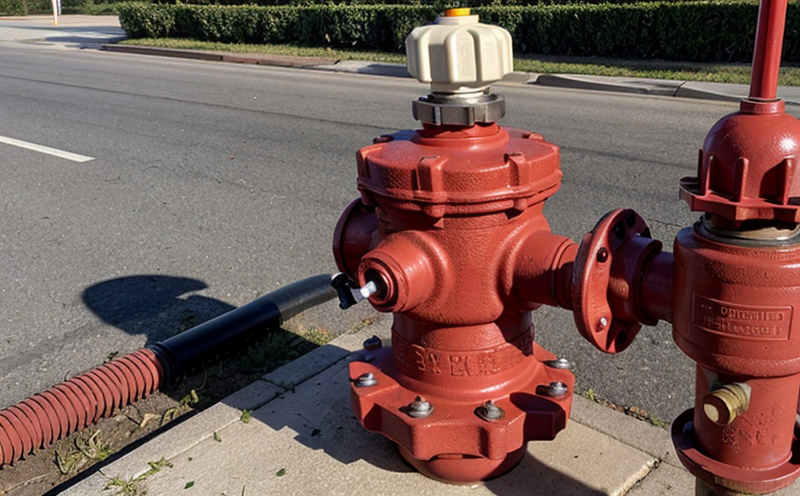Hydrant valve inspection
In fire safety and protection systems, hydrants play a crucial role in ensuring that water is readily available for firefighting activities. A key component of these systems is the hydrant valve, which controls the flow of water from the hydrant to the fire hose connection. The integrity and functionality of these valves are critical to ensure they operate effectively during emergencies.
Hydrant valve inspection involves a comprehensive evaluation of the condition, performance, and compliance with relevant standards such as ISO 10348-1:2019 for hydrants in general. This service is essential for maintaining the reliability and safety of fire protection systems. During an inspection, various aspects are evaluated to ensure that the valve operates correctly under pressure and can be easily accessed when needed.
The inspection process includes visual checks, functional tests, and verification against international standards. Visual inspections focus on identifying any visible signs of wear, corrosion, or damage that could affect the valve's performance. Functional testing involves simulating real-world conditions to ensure the valve operates smoothly under pressure without leaking or sticking.
Compliance with relevant standards is crucial in ensuring that hydrant valves meet safety and operational requirements. For instance, ISO 10348-2:2019 specifies additional requirements for specific types of hydrants. These standards provide clear guidelines on the design, installation, maintenance, and testing of hydrant systems to ensure they are fit for purpose.
The importance of regular inspections cannot be overstated. Neglecting these valves can lead to catastrophic failures during critical moments when water is needed most. By performing routine inspections and maintaining the valves in good condition, fire safety and protection systems remain reliable and ready for use.
During an inspection, several key parameters are tested to ensure the valve's integrity and functionality. These include:
- The ability of the valve to withstand pressure without leakage
- The ease with which the valve can be operated manually or electrically
- The presence of any leaks or drips when the valve is in a closed position
- The alignment and sealing quality of the valve seat
Scope and Methodology
| Parameter | Evaluation Criteria |
|---|---|
| Visual Inspection | Evaluation of visible signs of wear, corrosion, or damage. |
| Functional Testing | Testing the valve's operation under pressure to ensure smooth and leak-free performance. |
| Sealing Quality | Evaluation of the valve seat alignment and sealing integrity. |
| Parameter | Evaluation Criteria |
|---|---|
| Pressure Resistance | Determining the valve's ability to withstand specified pressure without failure. |
| Operability | Evaluation of the ease with which the valve can be operated manually or electrically. |
Benefits
Ensures compliance with relevant international standards, enhancing safety and reliability of fire protection systems.
Prevents potential failures that could compromise the effectiveness of hydrant valves during critical moments.
Reduces maintenance costs by identifying issues early before they escalate into costly repairs or replacements.
Improves operational efficiency and readiness, ensuring quick response times in emergency situations.





